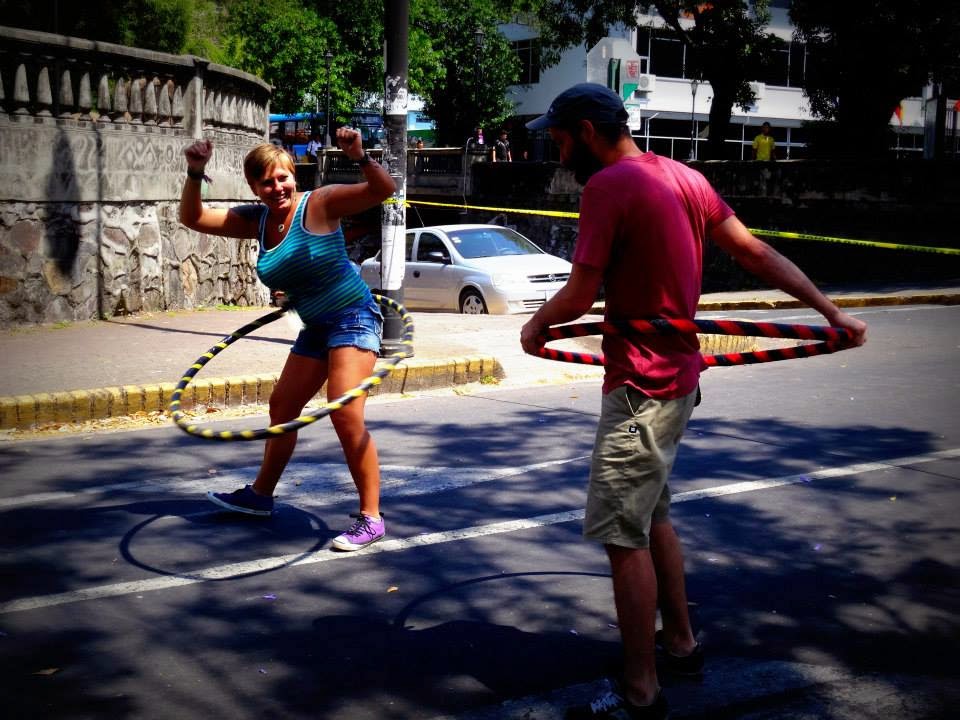My childhood home in Ohio was a farmhouse built in the late 1800s, with flawed lead windows and woodwork and floors constructed with wooden pegs instead of metal nails. We had a wood-burning stove and five acres of farmland with hundred-year-old weeping willows and a large garden.
My home in Tennessee was on a 60-acre farm with expansive pastures, a huge garden, a flowing creek to catch crayfish in, and brambly juniper woods with rock formations for pretend castles. The house had a quarter mile long driveway.
In both homes, I had 4-5 horses, sheep, birds, 4-8 dogs, and assorted barn cats… a veritable zoo. When I was bored, I would climb on my white horse bareback and read a book lying backward on her back while she grazed.
When I bought my own house after college, I moved to the suburbs. But still, I had an open view of the sky, an acre yard with a small vegetable garden, lots of trees, and very little traffic. And four amazing little dogs.
For reference, here are some population numbers:
- Population 15,000 Pataskala, Ohio (childhood hometown)
- Population 28,000 Lebanon, Tennessee (actually I lived in the sticks well outside town)
- Population 114,000 Murfreesboro, Tennessee (where I bought my house, a university town)
- Population 600,000 Nashville, Tennessee (where I never actually lived, just went downtown some days)
For me, that’s a big city.
Having lived here for a while, there are some clichés that have started getting under my skin.
San José es muy feo.
San José is not the most beautiful place on earth, I will grant you. There are several large sectors of sprawling ghetto. Houses are thrown together with corrugated tin and cheap materials. Litter chokes the gutters. Buses spew black smoke into the air. Gray water is pumped into the rivers and sewers.
But it is also surrounded by high green Costa Rican mountains in every direction. At night, these mountains twinkle like warm yellow stars close enough to cup in your hand. Stately palm trees and bird of paradise flowers sprinkle the sidewalks with reminders that you are 10 degrees north of the equator, but the breeze never stops and the nights are cool enough to want a sweater because of the elevation.
Several Spanish-influenced colonial buildings surprise you around each corner. San José has many beautiful theaters including the lovely Teatro Nacional. Several churches catch your breath and a few hotels are stunning.
San José, to me, is all the more beautiful because it is BURSTING with life despite the rampant poverty. Walk downtown to Avenida Central on a Saturday morning and you can barely move for all the people. Some shout about the wares they are vending, some are playing music or dancing in the street, some are shopping, and some are simply sitting under the shade of a palm tree munching on helado or, my personal favorite street food, mangos verdes con limon y sal.
San José es peligroso.
San José is no more dangerous than any big city. In fact, San José is one of the safest and least violent cities in the region. Costa Rica is the third most peaceful country in Latin America, says the sixth edition of the Global Peace Index (GPI). In the global ranking, Costa Rica obtained the 36th position among 158 countries.
You can look it up yourself, but violent crime in San José either mirrors rates in other big cities or is lower. Petty theft is common, as it is in ANY place where large numbers of people live. Does that make San José inherently dangerous? I say no. It makes it a CITY.
You should only spend one night in San José and then get out of there.
(This one I hear from gringo tourists.) Because it is a large, diverse city, San José has numerous cultural, musical, and artistic presentations and activities, which include traditional and modern Costa Rican and San José culture. On a given day, you can find live theater, museums, visual art, parks filled with free mind puzzles, hula hooping, roller skating, live music, drama, dance, concerts, demonstrations, parties, film festivals, and intellectual diversions.
I keep saying over and over, San José doesn’t get nearly enough credit for how great it is. It is COOL to live here. There is always something stimulating going on. There is always something to do. Something to help you grow as a person. Something to expand your horizons. Why would anyone ever want to breeze through a place like that?
Maybe it’s because I have never lived in a place you can legitimately call a city before, but I am in love with where I live. Will I stay here forever? No. Do I long for the woods and a quieter pace of life? Occasionally.
But it really gets under my skin when people take a look at the loud, sometimes smelly, bustling surface of the city and conclude it’s a crap place. Because in actuality, it’s a great place to call home.


















